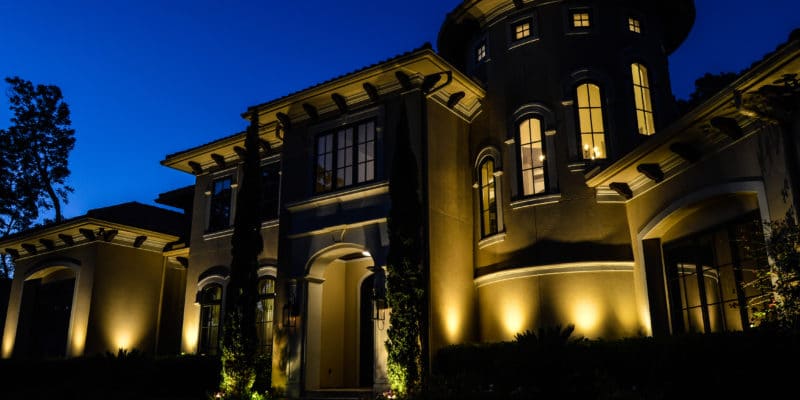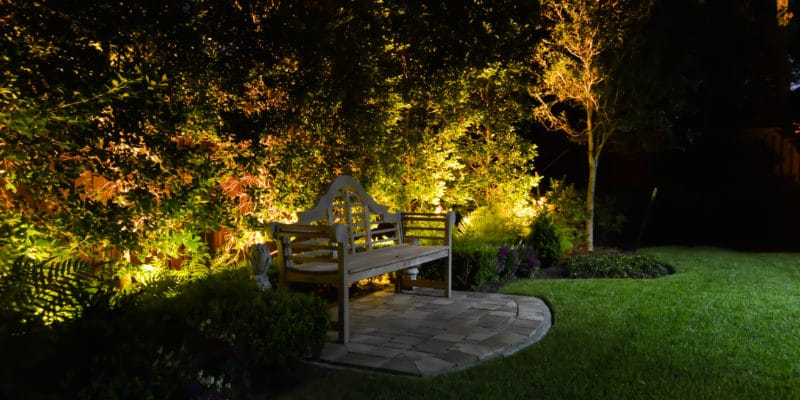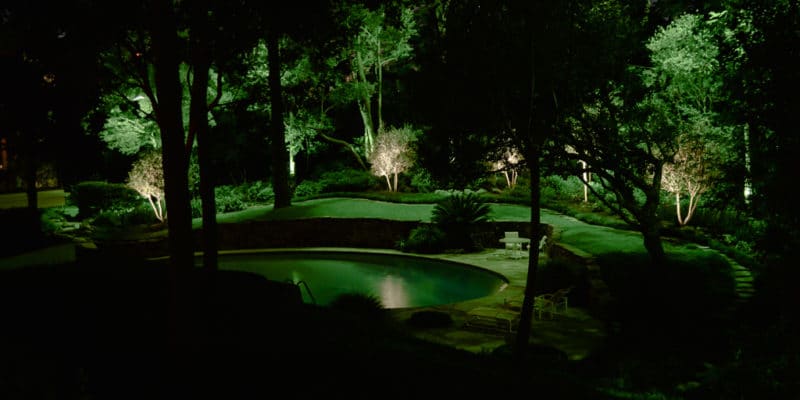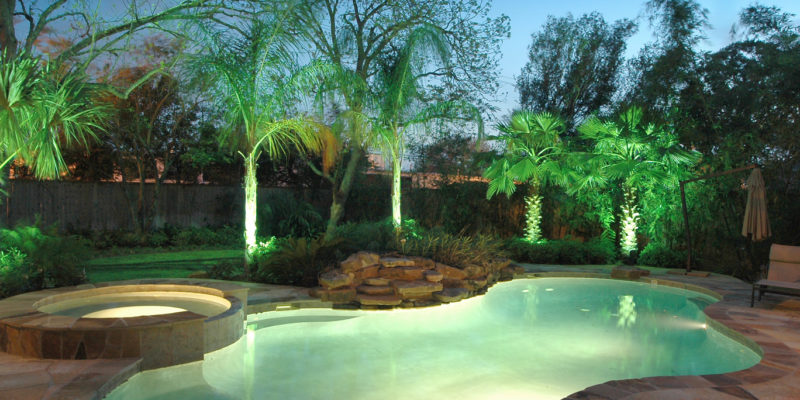7 Tips To Help You Get It Right When Investing In Houston Outdoor Lighting
With summer now here with us, you most likely are gearing up to enjoying the great outdoors. Your backyard may become your favorite place to chill in when you are at home or when hosting your friends for lunch or dinner. Therefore, the fun should not stop when the sun sets because you do not have any outdoor lighting.
When investing in the outdoor lights, keep in mind that the lighting options are not created the same. Moreover, setting up the lights involves more than installing them on the walls or hanging string lights from the roof. You should strive to create an elegant ambiance, and this demands that you choose the right lighting fixture.
1. Include These Types
When planning the lighting, you need to account for three basic types: task, ambiance, and accent. That means you need to pick the right kind of lights for each of the three. The task lighting will be the lights you install to illuminate the walkway, deck, driveway, patio, and the security lights. The ambiance lighting will be what you fit on the walls, posts, and string from the roof. As for the accent lighting, you will be working with lights that enhance your landscaping; this can include options such as spotlights.
2. Calculate
Before heading out to buy the outdoor lights, you should know how many fixtures you need and which kind. For this, you will need to get a pen and paper and do some calculations. You will take the square footage of your yard and multiply it by 1.5 to estimate the required total wattage. Therefore, a 100sq. feet area will need 150watts.
3. Make Your Pick In Advance
After doing your calculations and figuring the wattage, you then will focus on the type of lighting fixtures you need. You will take into account their size and installation position before you go to buy them. You will need to draw a template of the layout on paper and use it to determine the placement of each light. For instance, for the patio at the back or the front porch, you will position the wall lights a height that is one-third that of the door.
4. Use LEDs
LEDs that the best investment when it comes to lighting up your backyard. The lights are cost-effective, less energy demanding, and last longer than the incandescent or halogen bulbs. Moreover, LEDs need little to no maintenance.
5. Seek Inspiration Inside Your Home
If you feel lost when figuring out the layout plan for the outdoor lights or what to pick, you can get some idea from inside your house and the arrangement of your outdoor space. Look at the garden and how the pathways flow, consider the size and design of your patio and then image what lighting fixtures will accentuate them. If you are thinking of creating a lit area of your outdoor dinners, then get some inspirations from your dining or living rooms.
6. Use Subtle Light For Entertainment Areas
Bright spotlights will be a distraction to your guests when they are seated enjoying their outdoor meal. As such, you should consider installing lamps with a soft glow. Subtlety is the name of the game when it comes to lighting up the outdoor dining areas, and the lights should be installed to give indirect lighting. Pendants, ceiling fans that have light kits, and lanterns are excellent options worth considering.
7. Think About Security
Lastly, remember that outdoor lighting is not just about enhancing the aesthetics of your yard. They also should help secure your home. Given this, you need fixtures that will ensure that all entry points are well lit. For instance, you can install wall lanterns on either side of the garage and a single lamp above the main door to light up the front porch. You can fit spotlights on the eaves of your roof at selected sides of the house that are in the shadows.
If you would like to discover more tips and tricks from Robert Huff Illuminations; visit our blog. Call or contact us today for more information!
